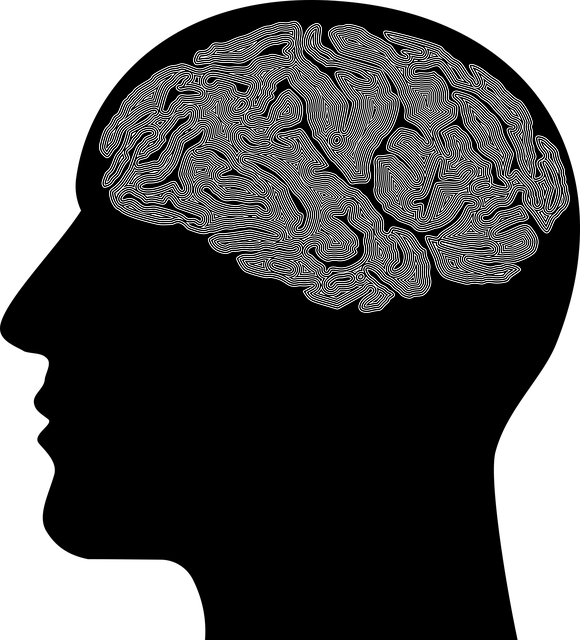Parker Neuro Disorders Therapy prioritises patient safety and treatment effectiveness through comprehensive risk assessment, identifying environmental, psychological, and social hazards. Therapists develop tailored harm minimisation strategies, addressing mental illness stigma through effective communication and inclusive practices. This holistic approach combines evidence-based stress reduction methods, community outreach, trauma support, co-occurring disorder management, and self-care education. Continuous improvement is driven by regular monitoring, client feedback, and adaptive planning, ensuring enhanced well-being for individuals navigating neuro disorders.
At Parker Neuro Disorders Therapy, risk assessment and harm minimization are paramount for safe, effective treatment. This article delves into three key aspects: understanding comprehensive risk assessment in the context of neuro disorders therapy at Parker, developing a robust harm minimization plan with strategic interventions, and implementing continuous monitoring to ensure best practices. By exploring these sections, we aim to provide insights that enhance patient safety and care within our services.
- Understanding Risk Assessment: Identifying Potential Hazards in Neuro Disorders Therapy at Parker
- Developing a Comprehensive Harm Minimization Plan: Strategies for Safe and Effective Treatment
- Implementing and Monitoring: Ensuring Continuous Improvement in Risk Management Practices at Parker Neuro Disorders Therapy
Understanding Risk Assessment: Identifying Potential Hazards in Neuro Disorders Therapy at Parker

At Parker Neuro Disorders Therapy, understanding risk assessment is paramount to ensuring patient safety and effective treatment. The process involves a thorough identification and evaluation of potential hazards associated with various therapy modalities for neuro disorders. This includes considering environmental factors, such as sanitation and accessibility, as well as psychological risks like triggering traumatic memories or exacerbating existing conditions. By proactively identifying these hazards, therapists at Parker can implement tailored harm minimization strategies to boost patient confidence and enhance the therapeutic experience.
One key aspect of risk assessment is recognizing the unique challenges presented by mental illness stigma reduction efforts. Through effective communication strategies, therapists foster an inclusive environment that encourages open dialogue and empathy, thereby mitigating potential harms related to social isolation or self-stigma. By integrating these measures into Parker Neuro Disorders Therapy, patients are not only supported in their recovery journeys but also empowered to navigate life with greater resilience and improved mental health outcomes.
Developing a Comprehensive Harm Minimization Plan: Strategies for Safe and Effective Treatment

In developing a comprehensive harm minimization plan for Parker Neuro Disorders Therapy, it’s essential to integrate various strategies that ensure safe and effective treatment. This involves a multi-faceted approach, starting with thorough risk assessment to identify potential triggers or stressors among individuals with neuro disorders. By implementing evidence-based stress reduction methods, therapists can create a supportive environment, fostering resilience and coping mechanisms. Additionally, integrating a robust community outreach program implementation broadens support networks, providing individuals with resources and connections beyond therapy sessions.
Harm minimization goes beyond treatment; it includes proactive measures to prevent relapses or adverse outcomes. This could involve tailoring therapy sessions to address specific trauma support services, addressing co-occurring disorders, and incorporating education on self-care practices. Regular monitoring and feedback mechanisms are crucial to adapt the harm minimization plan as individuals’ needs evolve, ensuring continuous improvement in their overall well-being.
Implementing and Monitoring: Ensuring Continuous Improvement in Risk Management Practices at Parker Neuro Disorders Therapy

At Parker Neuro Disorders Therapy, implementing and monitoring risk assessment and harm minimization planning is an ongoing process that drives continuous improvement in risk management practices. Through regular reviews and adjustments, the team ensures they remain at the forefront of providing safe and effective therapy for their clients. This includes adopting evidence-based strategies such as Self-Awareness Exercises, Social Skills Training, and Conflict Resolution Techniques to proactively mitigate potential risks.
Monitoring involves tracking key performance indicators, analyzing incident reports, and gathering client feedback. By examining these data points, the team can identify trends, pinpoint areas for improvement, and implement targeted interventions. This rigorous approach fosters a culture of safety where every member is accountable for maintaining high standards of care, ultimately enhancing the overall therapeutic experience at Parker Neuro Disorders Therapy.
Parker Neuro Disorders Therapy’s commitment to risk assessment and harm minimization planning is a cornerstone of its safe and effective treatment approach. By identifying potential hazards, developing robust strategies, and continuously monitoring practices, Parker ensures that patients receive the highest level of care possible while minimizing risks. This holistic approach not only safeguards patients but also strengthens the reputation of Parker Neuro Disorders Therapy as a leader in the industry.














